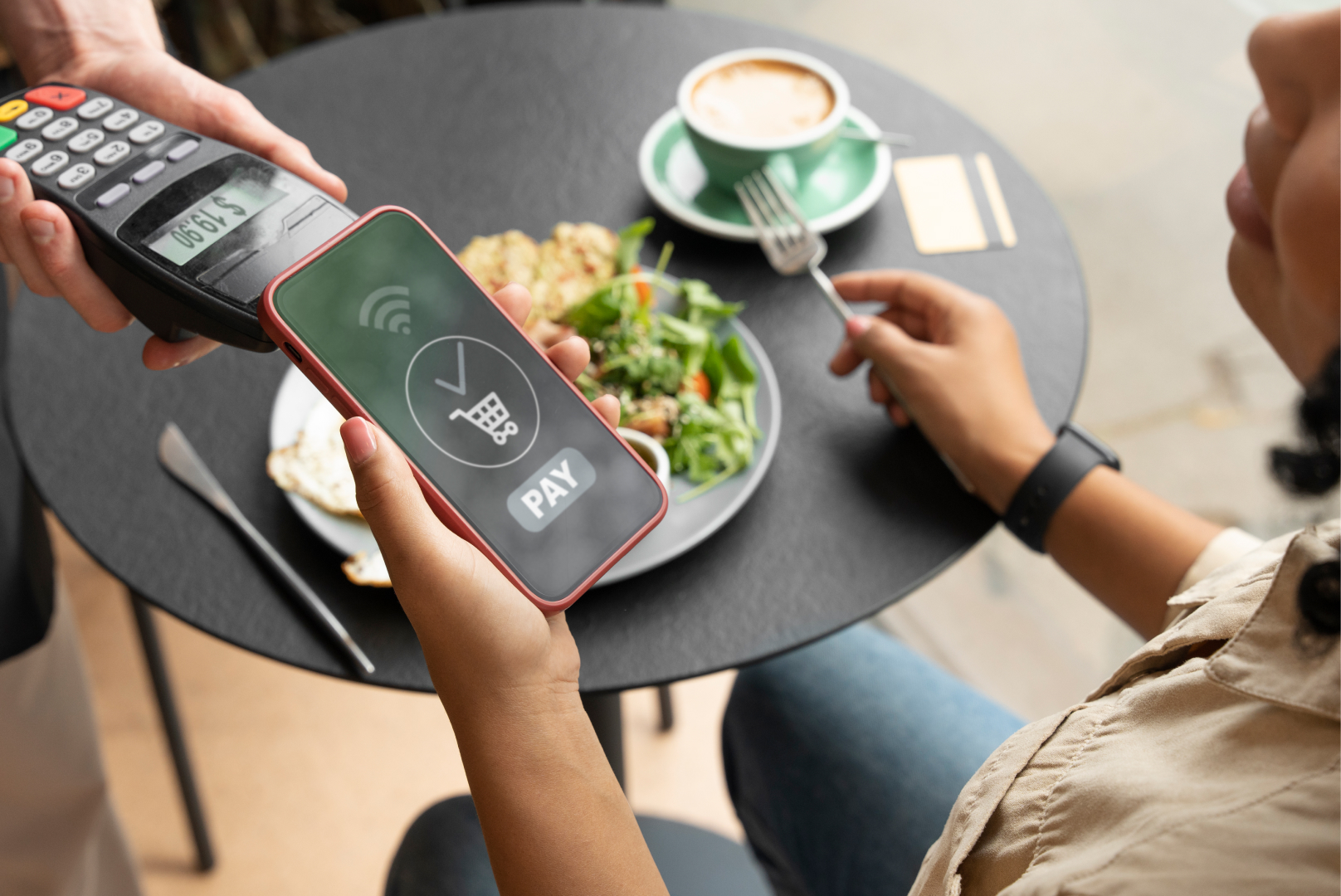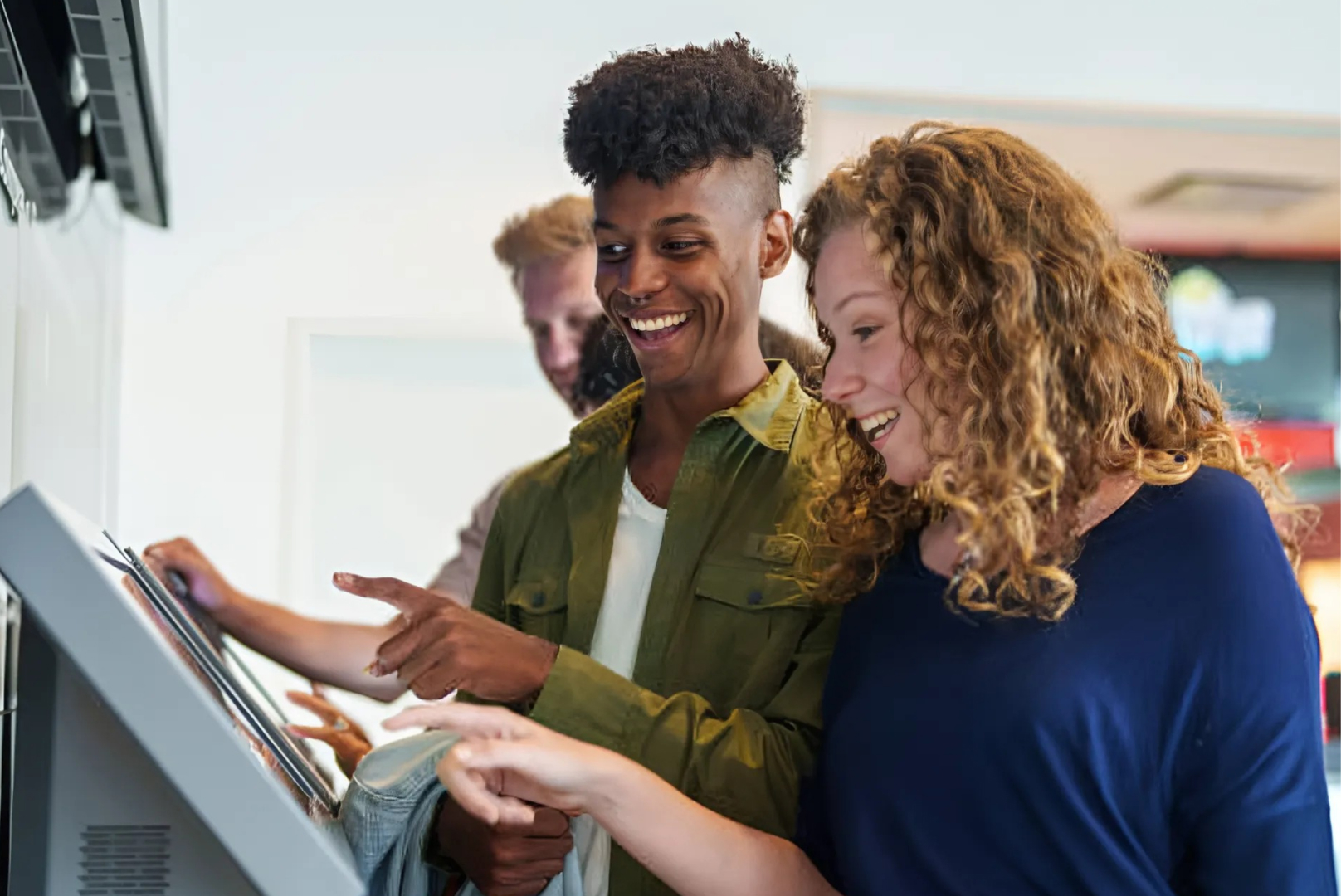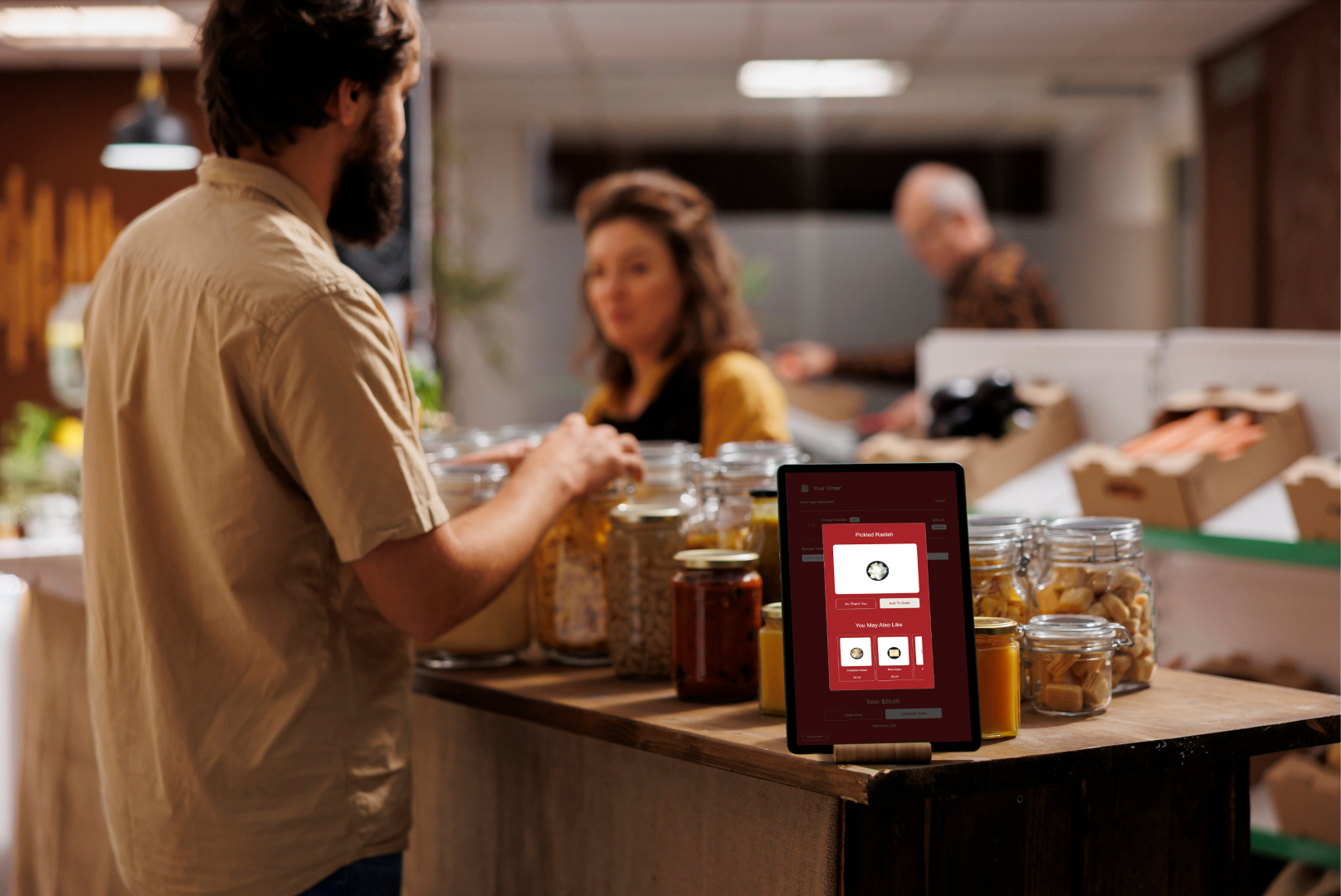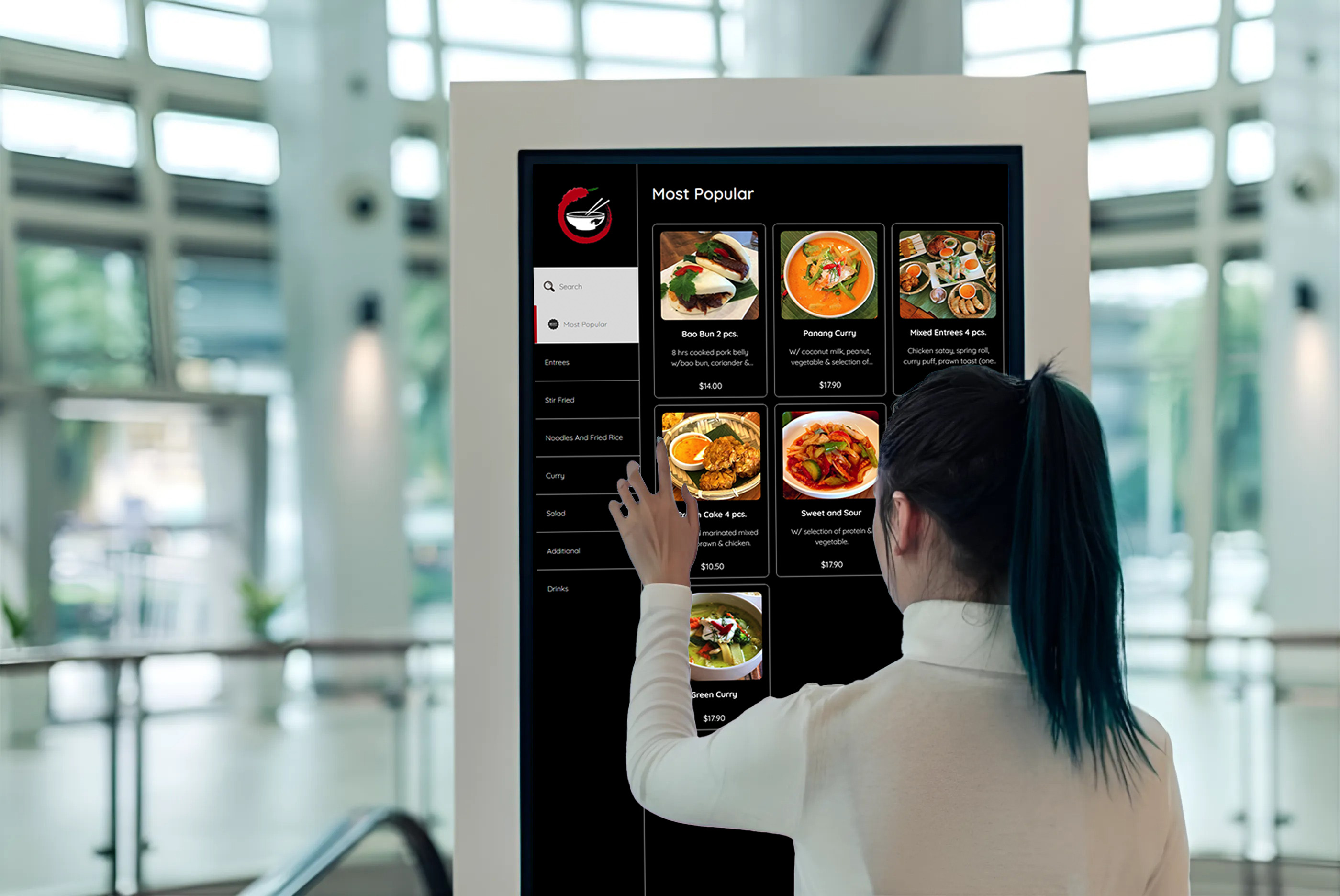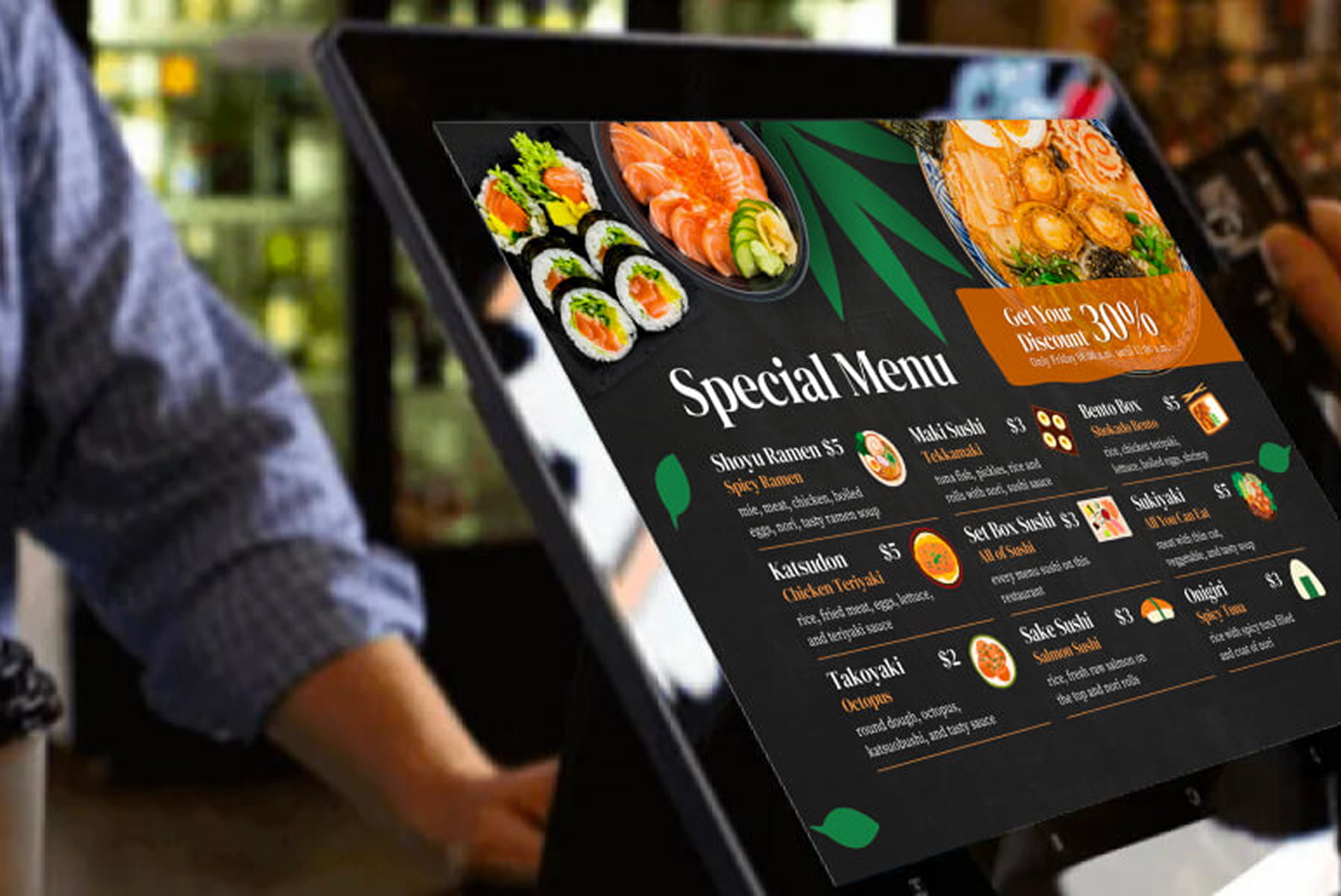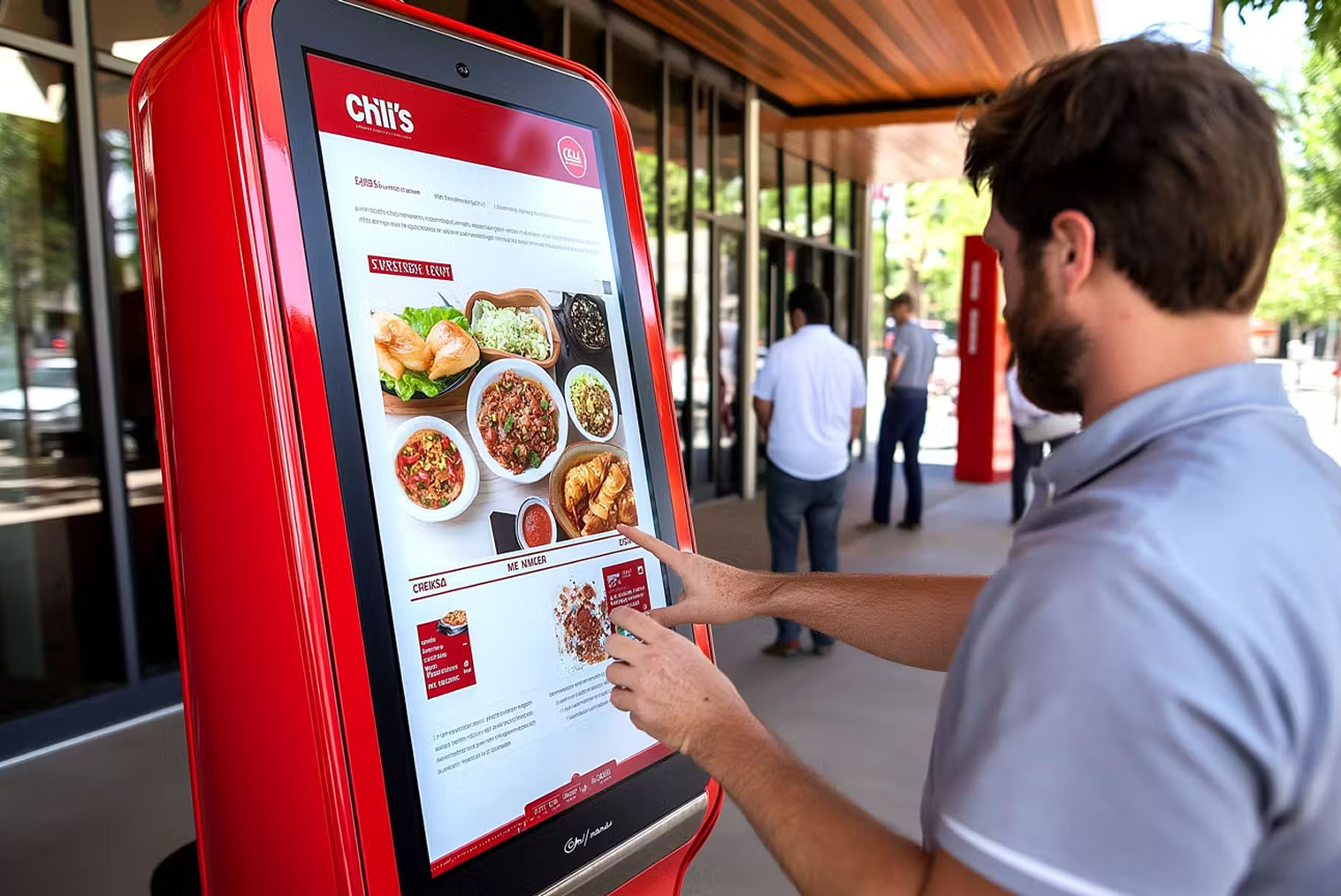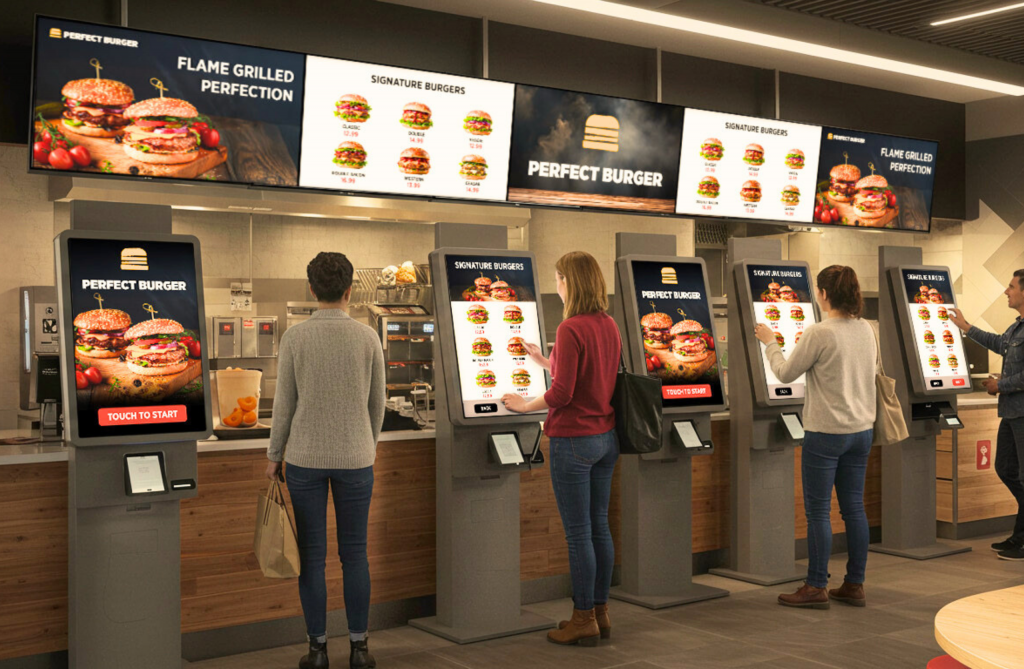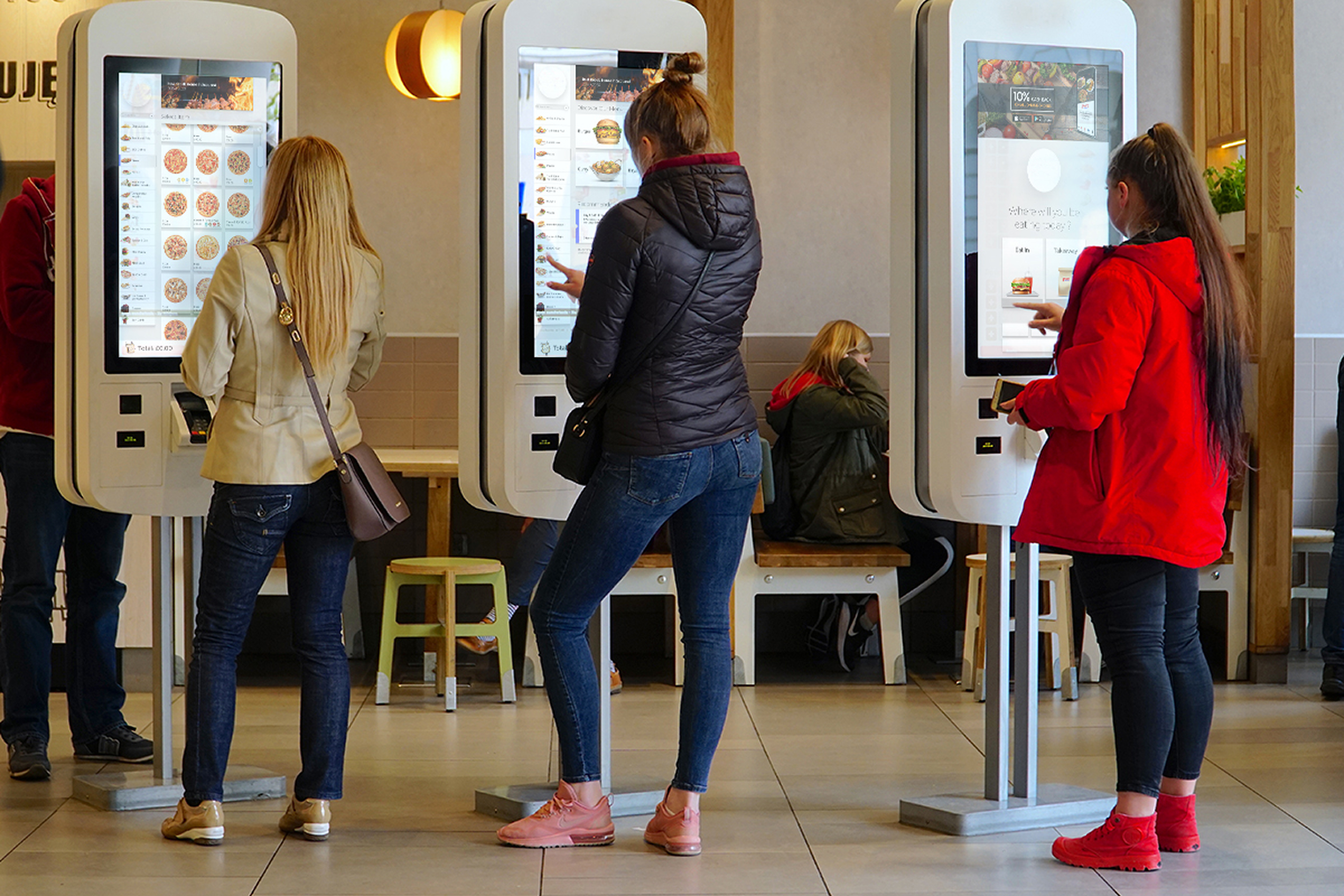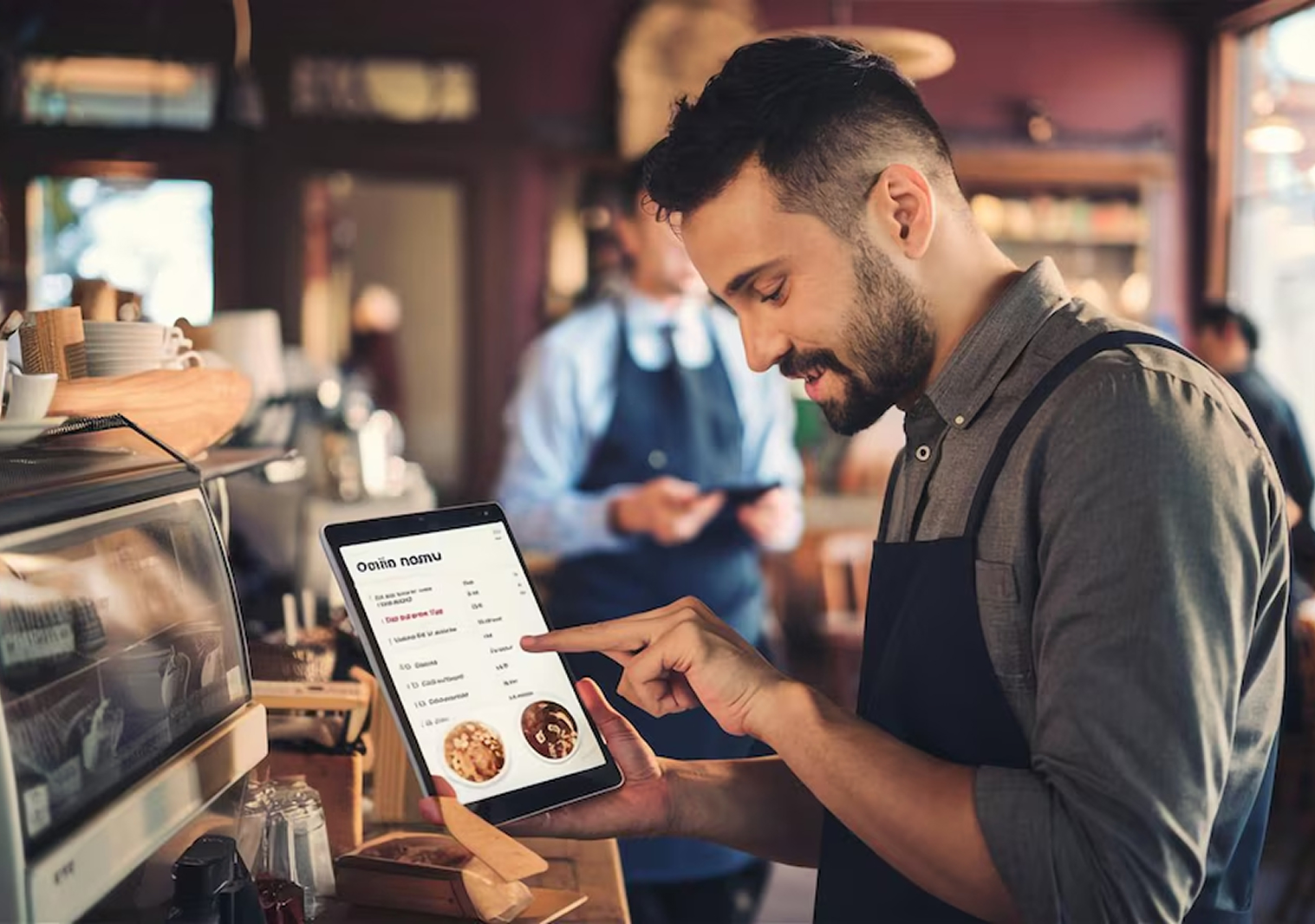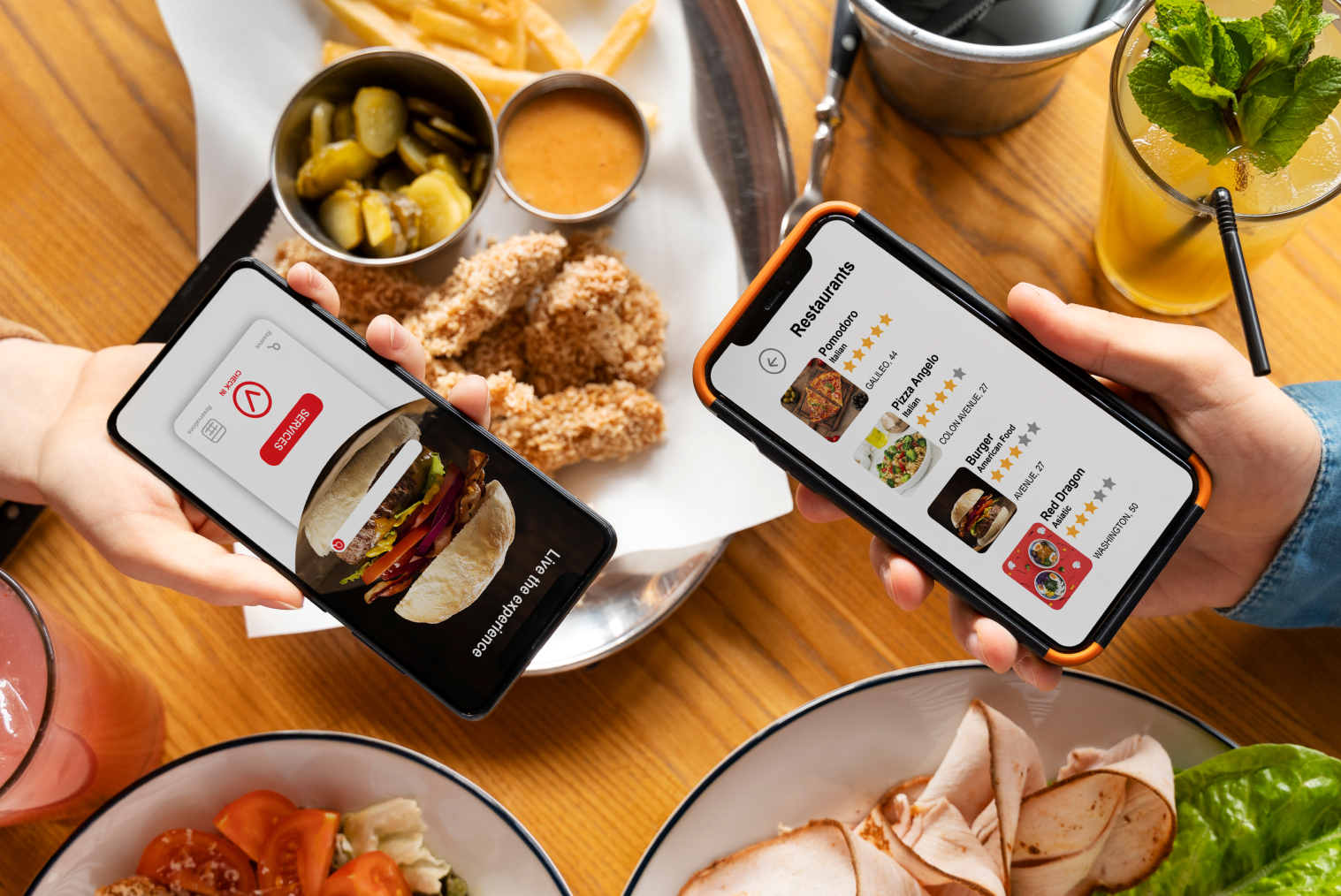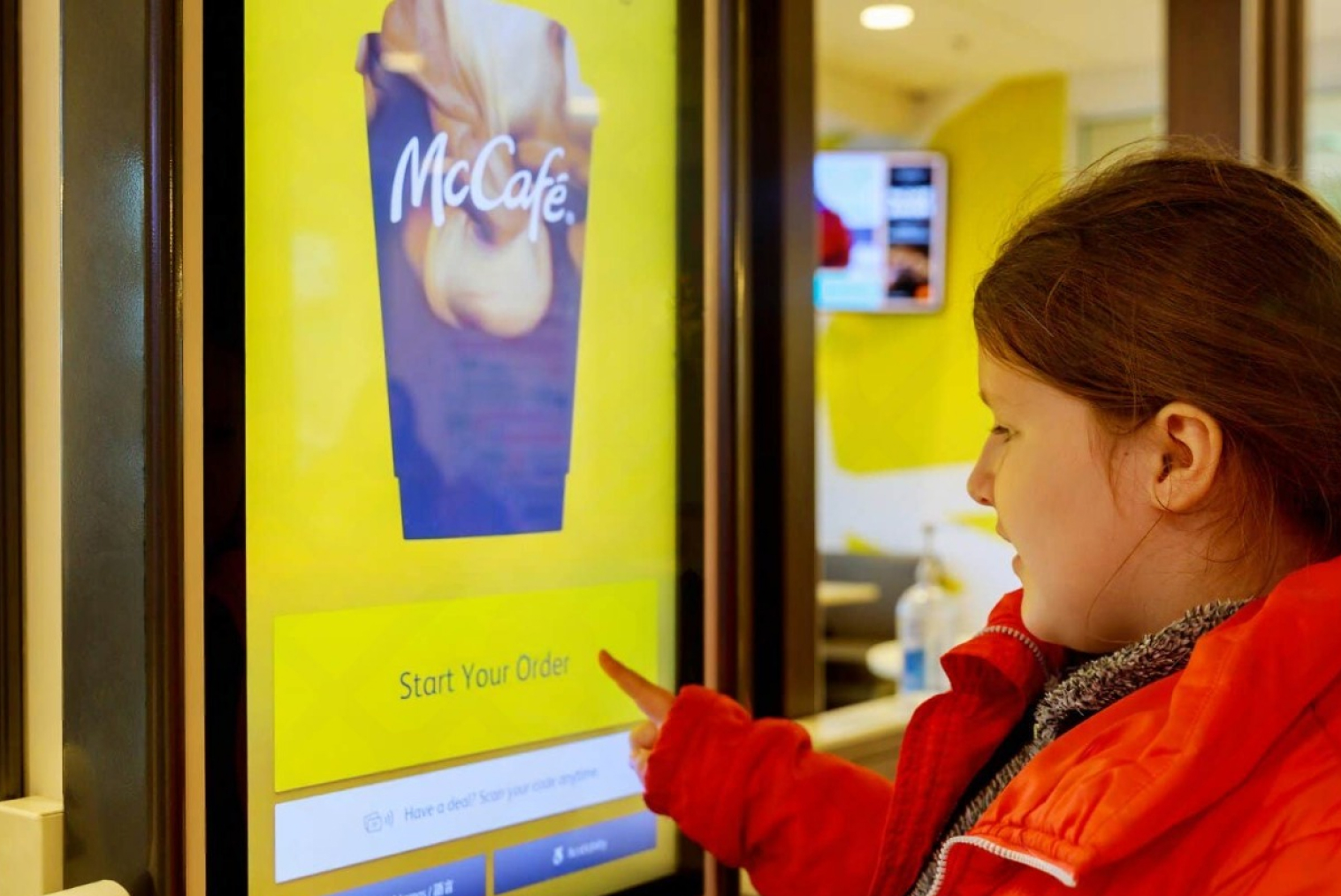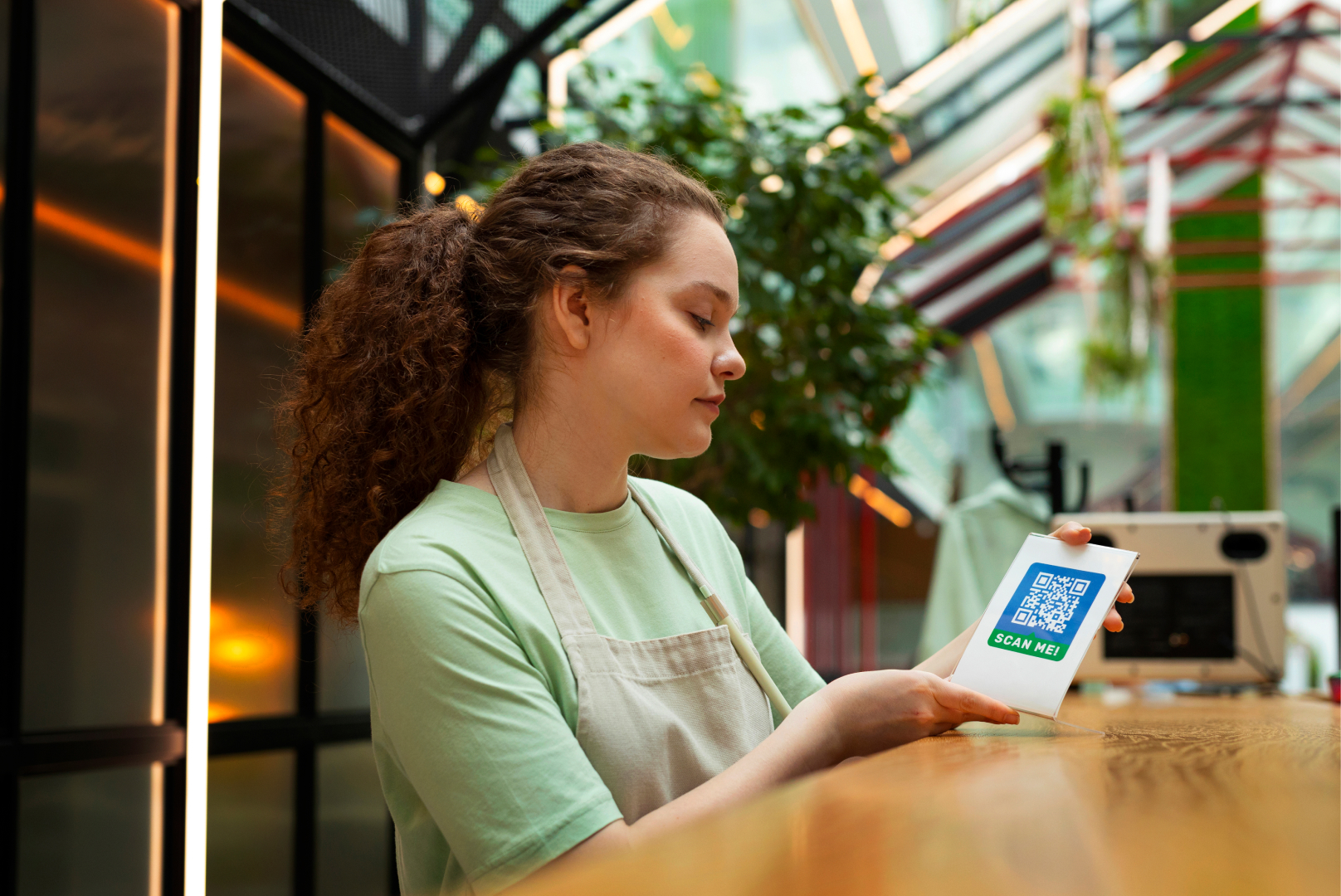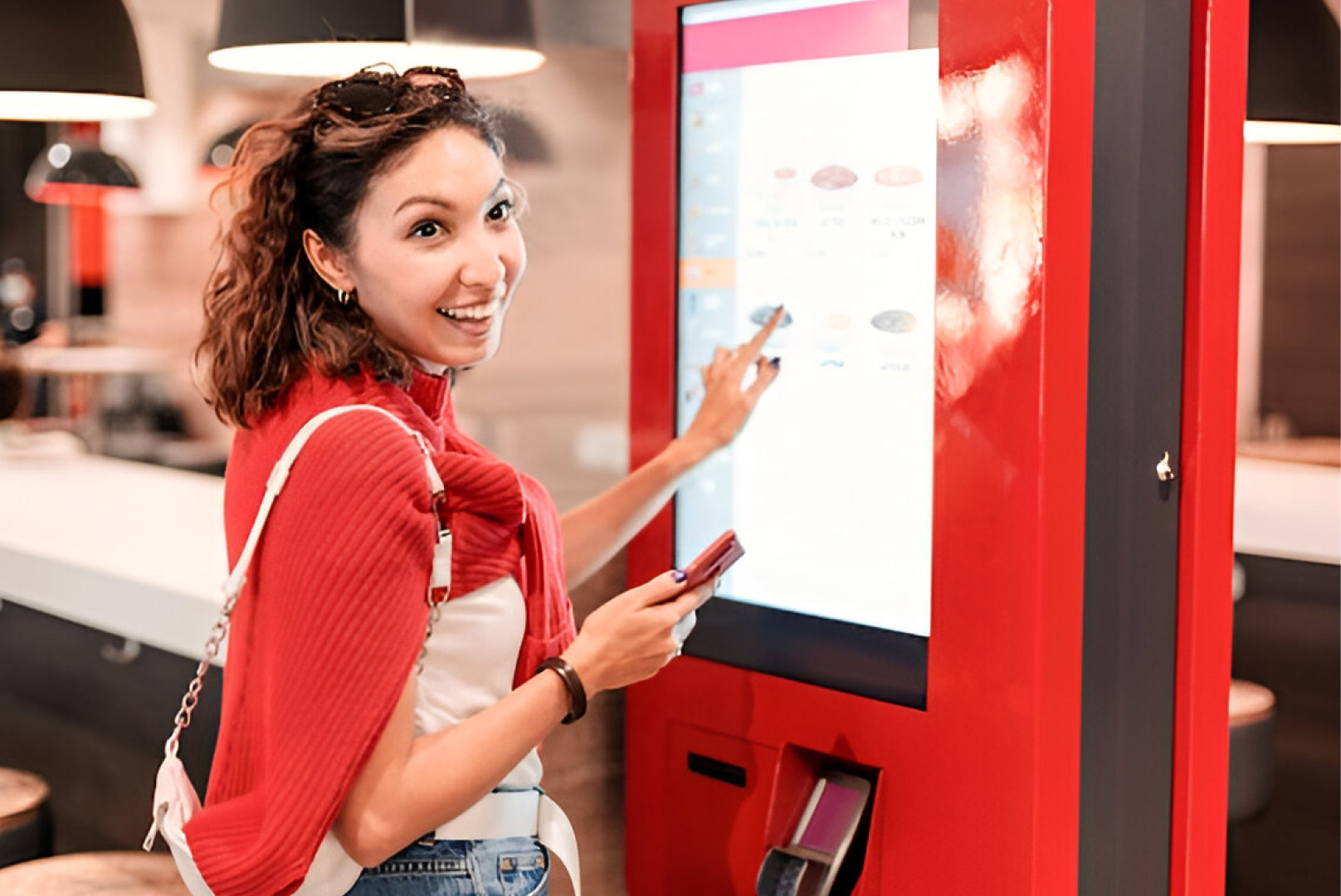The retail environment is changing at a faster rate than ever. With consumers demanding faster checkouts, shorter queues, and seamless shopping experiences, the self checkout system in retail has emerged as the key to today's retail innovation.
But what’s taking this innovation even further is Artificial Intelligence (AI). By embedding AI into self checkout kiosks, retailers are not only improving operational efficiency but also increasing sales and customer satisfaction.
In this blog, we’ll explore how AI is revolutionising the POS self checkout experience, what benefits it brings, and why retailers of every size, from supermarkets to boutiques, are quickly making the shift.
What Is a Self-Checkout System in Retail?
A self checkout system in retail enables shoppers to scan, bag, and pay for their items without the assistance of a cashier. The concept has been around for decades, but today’s systems are far more advanced thanks to AI integration.
Sophisticated AI self-checkout systems can scan items automatically with computer vision, flag errors, combat fraud, and even provide real-time personalised product recommendations.
The worldwide self-checkout systems market is anticipated to reach over $11.8 billion by 2029 at a CAGR of 13%, according to Grand View Research (2024). Much of this growth comes from AI-powered checkout technologies optimised for velocity, precision, and enhanced customer interaction.
Why AI Is Revolutionising the Self-Checkout Experience
The fusion of AI and retail is changing the way customers shop. Here's how AI self checkout kiosks are building smarter, faster, and more profitable retail experiences:
1. Smarter, Faster, and More Accurate Checkout
Conventional self-checkout systems were based on manual barcode scanning, which resulted in errors or delays. AI-based systems now leverage computer vision and machine learning to automatically identify products, even those without barcodes.
For instance, AI cameras can immediately spot loose produce such as apples or tomatoes without the need for manual input and saving customers time.
According to a study by NCR Voyix (2023), AI-based self-checkout kiosks save up to 35% of transaction time, significantly enhancing store throughput at busy times.
2. Curbed Theft and Fraud Detection
Theft has long been a major challenge in unattended checkout spaces. But with AI, retailers are retaliating.
AI software monitors customer behavior in real-time, detecting suspicious activity like unscanned products or barcode substitutions. Where discrepancies are found, the system flags staff or temporarily freezes the sale.
According to industry research, stores with high self-checkout usage can experience shrinkage losses up to 30% higher than stores without self-checkout lanes
3. Personalised Upselling and Cross-Selling Opportunities
AI-based POS self-checkout systems are not all about accepting payments; they're increasingly becoming sales tools.
By analysing purchase history as well as behavior, such systems can make recommendations for complementary products. For instance, if a customer purchases pasta, the kiosk can suggest sauce or cheese.
This kind of subtle upselling can have a real impact on revenue. McKinsey & Company says retail personalisation can grow average basket size by 10–20% evidence that AI isn't only enhancing service, it's driving sales.
4. Improved Customer Experience and Satisfaction
Long lines are among the largest annoyances in conventional retail. Self checkout lanes eliminate this by allowing customers to be in control so that they can get through the checkout process in a hurry without waiting for a cashier.
AI also enhances the experience by walking the user through each checkout step, assisting with item identification, and offering voice or on-screen assistance in any number of languages.
In a Deloitte 2024 consumer survey, 78% of consumers reported they like stores providing AI-powered checkout due to its convenience and quickness.
5. Data-Driven Retail Management
AI self-checkout systems not only help customers; they also benefit retailers. Every transaction creates useful data regarding shopping behavior, top-selling products, and busy hours.
Retailers may leverage this data to optimise store configurations, better manage inventory, and plan personalised marketing campaigns.
This data-driven awareness enables companies to shift from reactive management towards proactive growth initiatives throughout the checkout system alone.
Challenges in Deploying AI Self-Checkout Systems
Even with the obvious benefits, implementing AI-driven self-checkout kiosks does include a couple of challenges:
Initial Setup Expenses: AI systems involve a greater initial investment than regular checkouts.
Integration with Current POS: Compatibility with existing POS systems can be complicated.However, modern self-checkout systems with POS integration are helping retailers bridge this gap seamlessly, ensuring unified data flow between sales counters and back-end analytics tools.
Customer Learning Curve: Certain customers, particularly older audiences, may initially prefer traditional checkout options.
However, as AI technology becomes cheaper and more accessible, those barriers are diminishing rapidly. Indeed, Retail TouchPoints (2025) forecasts that 80% of large retail chains will implement AI-powered checkout kiosks within the next three years.
Future Outlook: AI and the Transformation of Retail Checkout
Frictionless, smart transactions will characterise the future of retail. As AI becomes more and more intelligent, the future will include self checkout kiosks that need zero human input, identifying every item in a customer's cart automatically and charging their chosen payment method as they leave.
Amazon and Walmart are already leading the charge on these next-gen systems, showing how AI can integrate physical and digital retail seamlessly.
For mid and small retailers, early adoption of AI self checkout technology can be the defining factor between remaining competitive and falling behind.
Conclusion: The Smartest Investment for Modern Retail
The retail self checkout system has transitioned from a convenience option to a strategic imperative. With AI optimising speed, precision, and personalisation, customers can be served better, costs lowered, and sales improved.
In short, AI self checkout is not a trend; it's the retail service of the future. By adopting intelligent kiosks now, retailers are positioning themselves for even smarter, more lucrative operations tomorrow.The same innovation driving retail checkout is also reshaping hospitality through restaurant self-service kiosk solutions that bring the same AI efficiency to food and beverage environments.
Frequently Asked Questions (FAQs)
Q1. Are AI self-checkout systems secure and reliable?
Yes, AI self-checkout systems are built with advanced security layers that prevent fraud, monitor transactions in real-time, and ensure payment safety. Many systems also use AI cameras to detect suspicious activities and prevent loss.
Q2. Are there any challenges associated with implementing AI in self-checkout systems?
The main challenges include initial setup costs, integration with existing POS systems, and customer adaptation. However, the long-term benefits in efficiency and sales far outweigh these challenges.
Q3. Can self-checkout systems powered by AI increase retail sales?
Absolutely. AI-driven kiosks can recommend complementary products, reduce wait times, and enhance customer satisfaction, all of which lead to increased purchase frequency and higher basket values.


